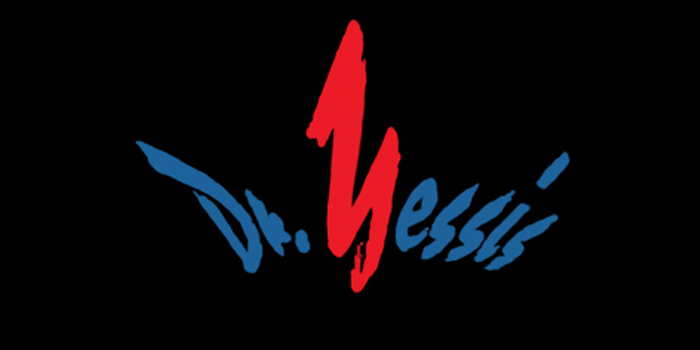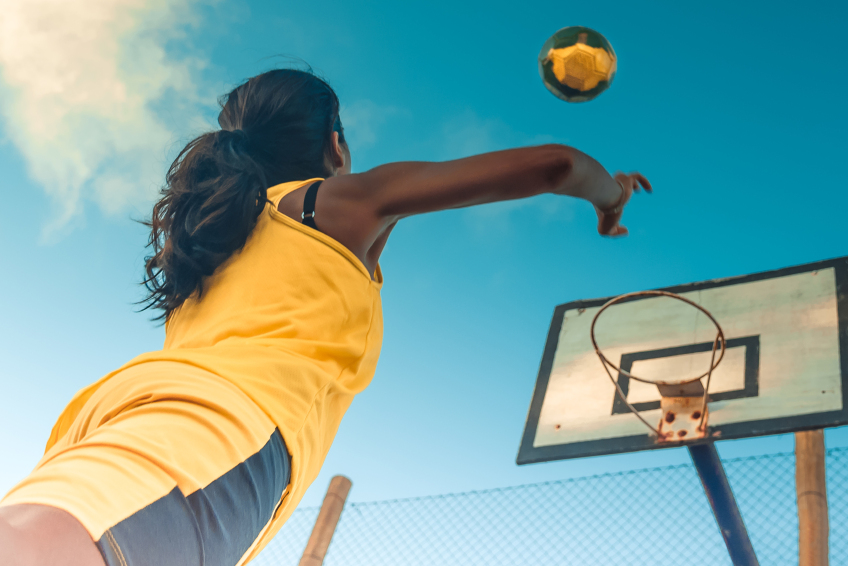
How often do you learn about an athlete who prepares for the season by getting “in shape” or getting “fit?” I would venture to say that it happens quite often, especially with athletes in football, baseball, and basketball. In essence, it is quite common to learn of an athlete preparing for the season by getting fit, even in the professional ranks.
There is no questioning the fact that by getting in shape or becoming more fit, you become better prepared to carry out the tasks of your sport, namely skill execution. But are you now a better player? Are you capable of executing the skills of your position more effectively? More importantly, are you now a better performer on the field?
Sadly, the answer to these questions is usually no. The reason for this is that fitness is a prerequisite for becoming a better athlete. It is not the end result to becoming a better athlete. To improve performance on the field, it is necessary that you improve your skill technique and your physical capabilities specific to your skill technique.
LISTEN: The 1x20 Podcast with Michael Yessis
These are the two most important factors for improving performance on the field. And they should be obvious. In order to be a better player you must have the ability to execute your skills on a higher or on the highest level possible. Understand that skill can be learned, corrected and improved. It is not innate!
Additionally, getting stronger is not the way to becoming a better skilled athlete. If you can squat 400 or bench 200 it does not mean that you are now a better athlete. You are only better in that specific exercise and then, only in relation to the amount of weight that you can lift.
Being able to lift heavier weights does not mean that there is a transfer of the strength to execution of most skills. There may be some transfer to some skills if the exercise develops strength in the same muscles and in the same manner as used in execution of the skill. Understand that the strength gained from most typical exercises is general strength, not specific to a skill.
Skill execution not only should be improved, but it should be addressed every season in relation to changes in your physical abilities. The reason for this is that skill technique changes in relation to the strength of the muscles that are involved. In essence, too much or too little strength negatively affects how well you execute the skill.
In addition to developing general strength, you need specific strength of the muscles that are involved in skill execution. This means that the muscles must be strengthened in exactly the same manner as they are involved in skill execution. It is specific strength of the muscles that leads to transfer and improved performance, not general strength.
This is a very important distinction that must be made in strength training. For transfer of the strength for improved skill execution and gameplay, strength must be developed in the muscles that are involved in the same way as they are involved in skill execution.
This means that the strength exercise duplicates the neuromuscular pathway seen in execution of the skill. In addition, it duplicates the development of strength in the same range of motion and with the same type of muscular contraction as seen in execution of the competitive skill.
In order to create or use exercises to strengthen the muscles in a specific manner, you must have a good understanding of skill technique. This is usually lacking in most coaches mainly because it is not addressed in universities nor is it addressed in coaching clinics.
RELATED: Are We Teaching Speed and Quickness?
For most, effective development of special strength is first necessary to develop a general strength foundation. With a base of general strength you are more capable of developing specialized strength for improvement of skill execution. This is the secret to improving your performance on the field.
In general fitness, training all the major muscles and all the major joints should be strengthened in a manner that enhances your coordination and allows you to safely do more intense work. The intense work is needed on a higher level of performance which, depending upon the objective, is entailed when doing advanced specialized training.
The general physical preparation base requires the use of many strength exercises in order to specifically target all the major joints and muscles. Because of the need for multiple exercises it is impossible to develop a solid foundation by only doing a few multi-joint exercises. The majority of the exercises must be single joint.
See The Revolutionary 1 x 20 RM Strength Training Program for development of an all-round foundation needed for improving skill technique and specific strength of the muscles. Also see Build a Better Athlete for more information on the differences between general and special strength training.











I enjoyed this article because it's just about getting strong and building a base and then using the little stuff to fine tune for performance.